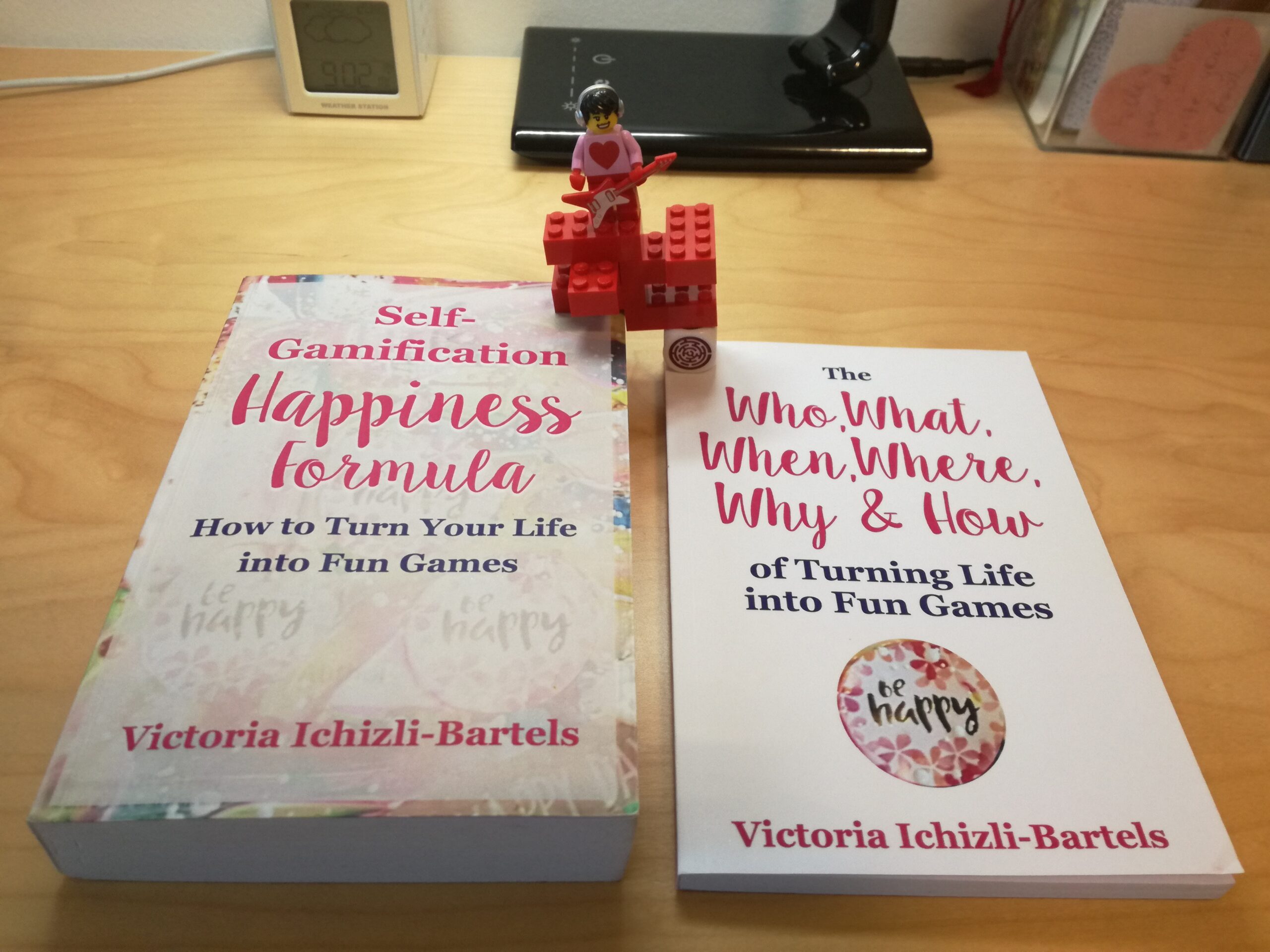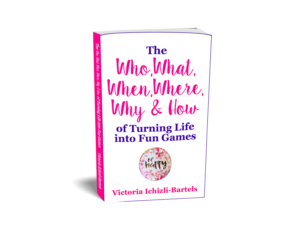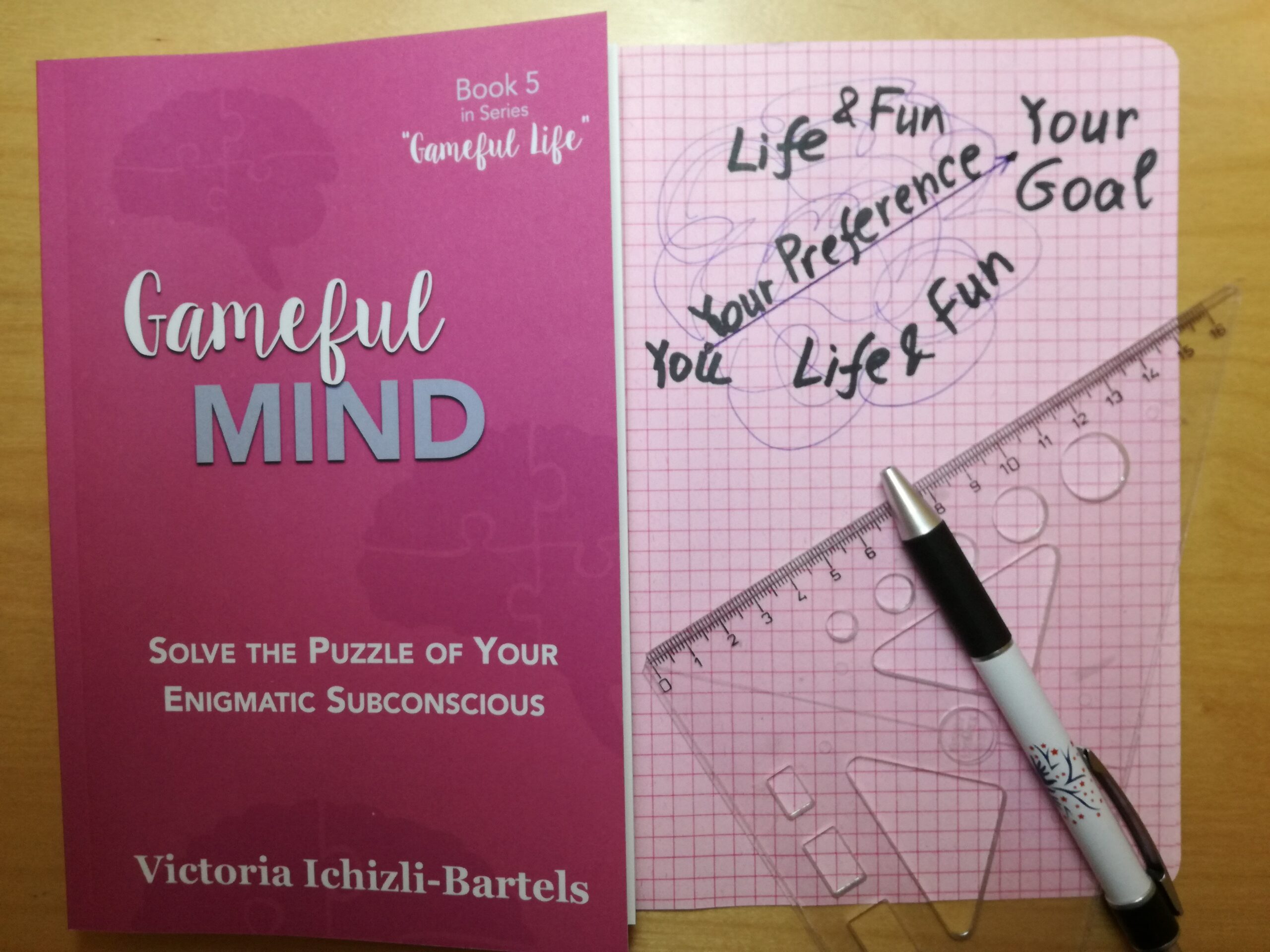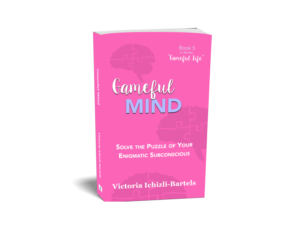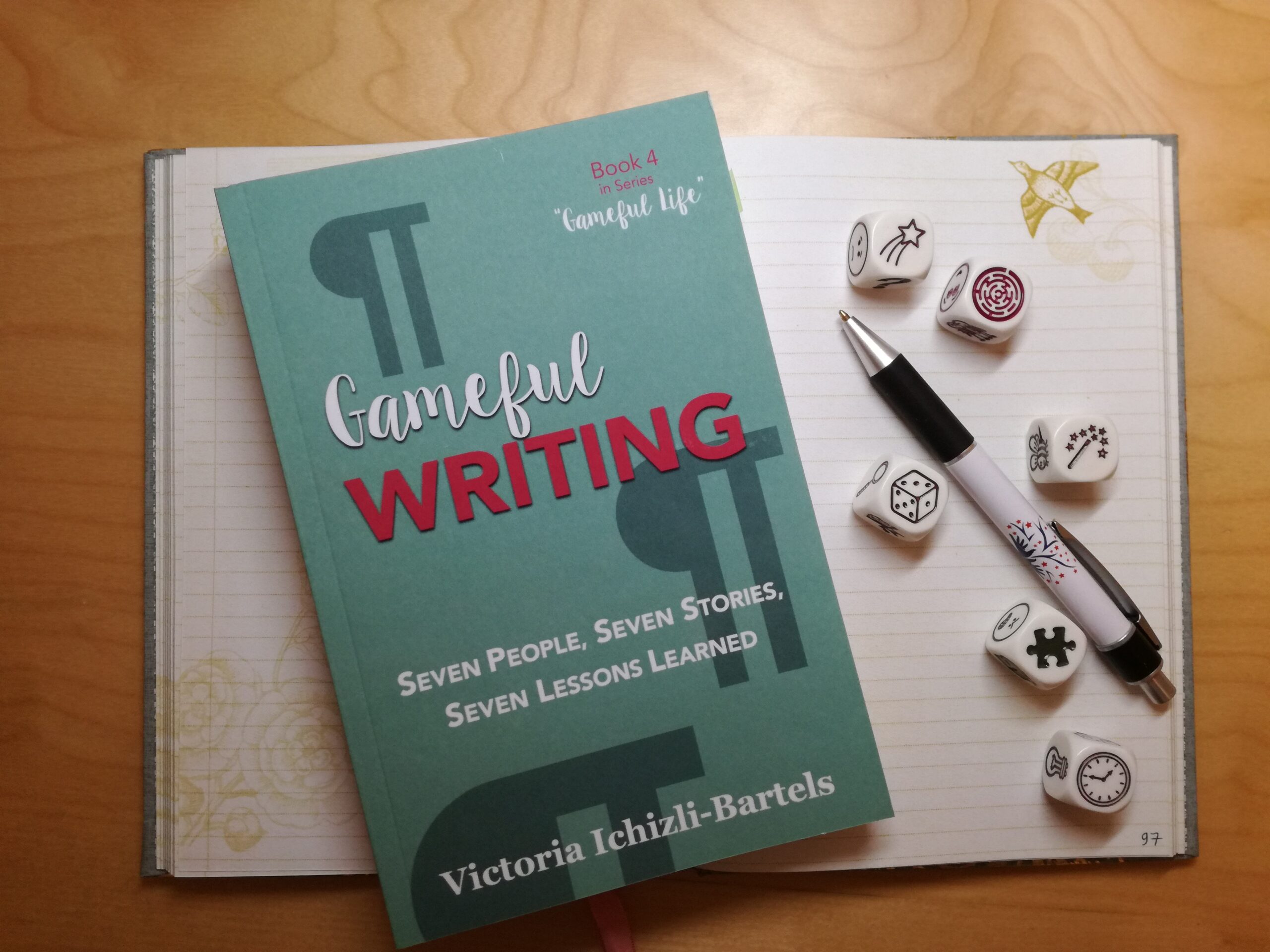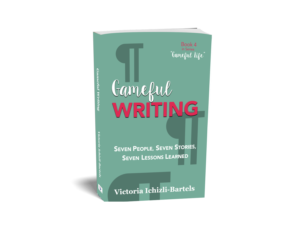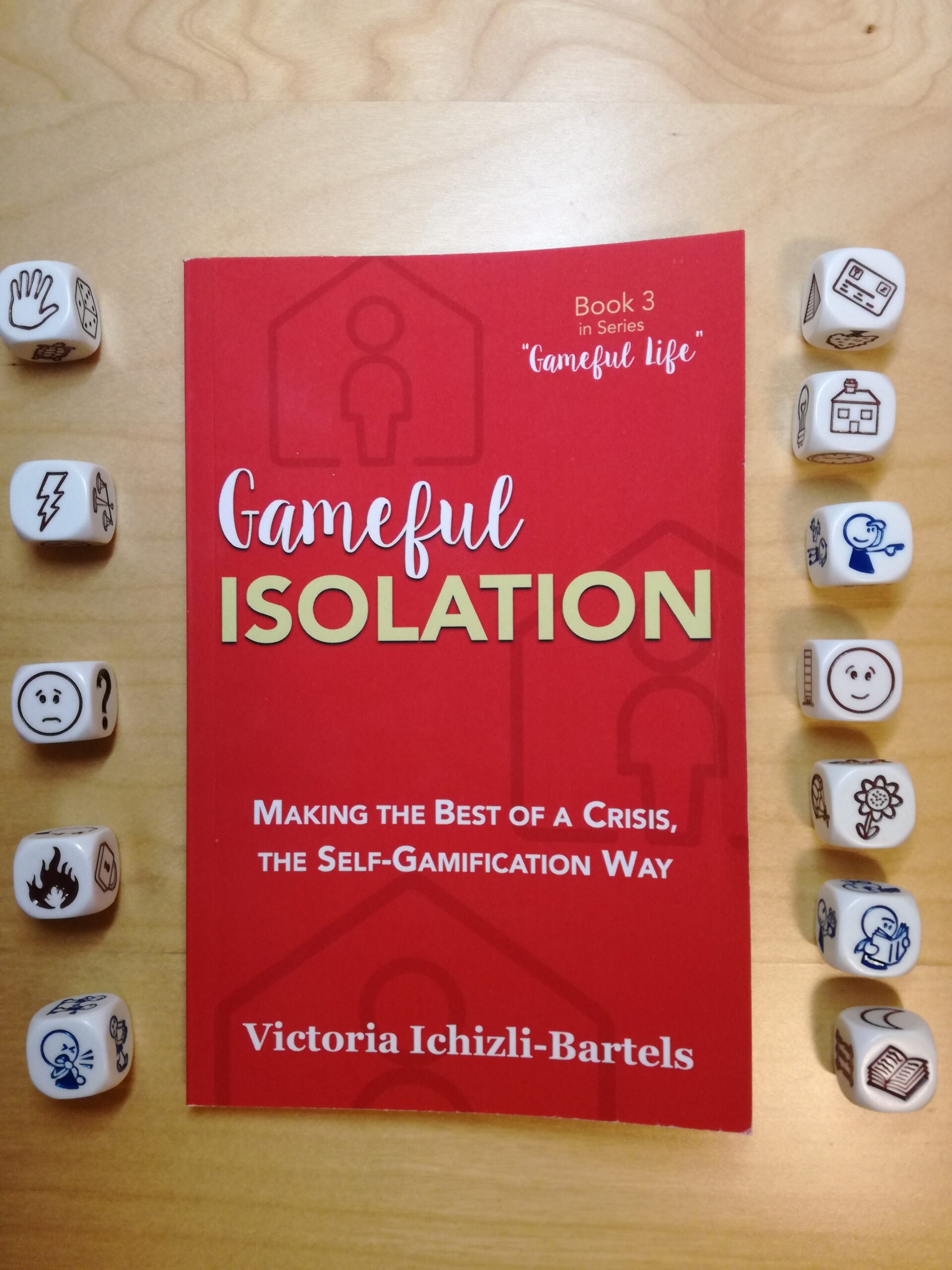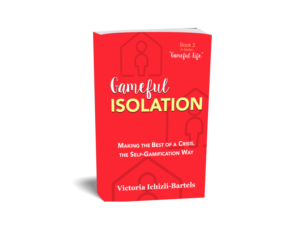***
I want to invite you into the world of game designers. Writers and artists are also such designers. All these and other creatives have one thing in common. When they create something for others to enjoy, they have to think about what their customers might feel or wish for.
In one of the sixteen books I am reading right now in parallel, I found the following enlightening quote about the challenge that many game designers and creatives face:
“A great game designer must both predict the actions that players will take within a given game and understand how those actions will make players feel. To some of you, this definition may sound a bit wishy-washy.
“‘We have to talk about feelings?’ Yup, there is no escaping it. Our job as game designers can be described as working in a feeling factory. Only by understanding our own feelings and emotional reactions to games can we empathize well enough with others to do our jobs well. Get ready to get uncomfortable!”
— Justin Gary, Think Like A Game Designer: The Step-by-Step Guide to Unlocking Your Creative Potential
***
The best game designers trust their players’ instincts
Later in the same book, I found the following truths about game players:
“In a fundamental way, player perception is reality.”
and
“The best test for knowing whether players liked your game is if they ask to play again.”
And when they play you — as the game designer — pay attention to the following:
“Try and make a player’s natural instincts be (most of the time) the correct thing to do. If your players are constantly taking a certain course of action, embrace it.”
— Justin Gary, Think Like A Game Designer: The Step-by-Step Guide to Unlocking Your Creative Potential
***
You have your player right inside you
Game designers have the challenge of guessing and later finding out what their players think by gathering feedback and observing them while the players test the game.
As the self-motivational game designer — the one who turns challenges, projects, activities, and tasks into fun games for yourself — you have an enormous advantage comparing to what the traditional game designers face.
You have your player right inside you. You are the player and the designer of your games.
So, the clue is that you observe how you feel with the game you play (= task you took on or been given to) and then, if necessary, tweak the design of that game in such a way that the player — yourself — can’t wait to engage into this real-life game.
Your tools are awareness, identifying the smallest step you can perform effortlessly and with the resources you already have, and approaching the whole thing gamefully and playfully.
I invite you to reread the quotes above as a self-motivational game designer. Become aware that the player in those quotes is you. Here is the last of the quotes above rewritten to make it visible that the player of your life’s games is you:
“Try and make [your] natural instincts be the correct thing to do. If [you] are constantly taking a certain course of action, embrace it.”
Isn’t this awareness and the brilliant wisdom of a hugely successful game designer fantastic?
***
Where you can learn about being both designer and player of your life’s games
The awareness that you have all the tools to make any challenge, project, or activity exciting and fun for yourself can help bring on your natural resourcefulness.
But if you want to take it to the next step, I invite you to check out many of the resources I offer to turn life into fun games. You can find a comprehensive list here.
If you enjoy learning through online courses, then I have a special offer for you.
I have created a coupon to enroll in my online course Motivate Yourself By Turning Your Life Into Fun Games on Udemy for only $9.99 instead of the standard price of $154.99. You save over 90%. To take advantage of this coupon, make sure you redeem it before February 9. Click on the title of the course above or the image below to enroll with this special price:
Here are the coupon’s data for your convenience:
- Code: 2A8452A550DDD3B79E3B
- Expires 02/09/2021 00:02 AM PST (GMT -8)
If you have questions, then you can contact me either by e-mail or on social media. You can find the list of channels where you can find me on my contact page.

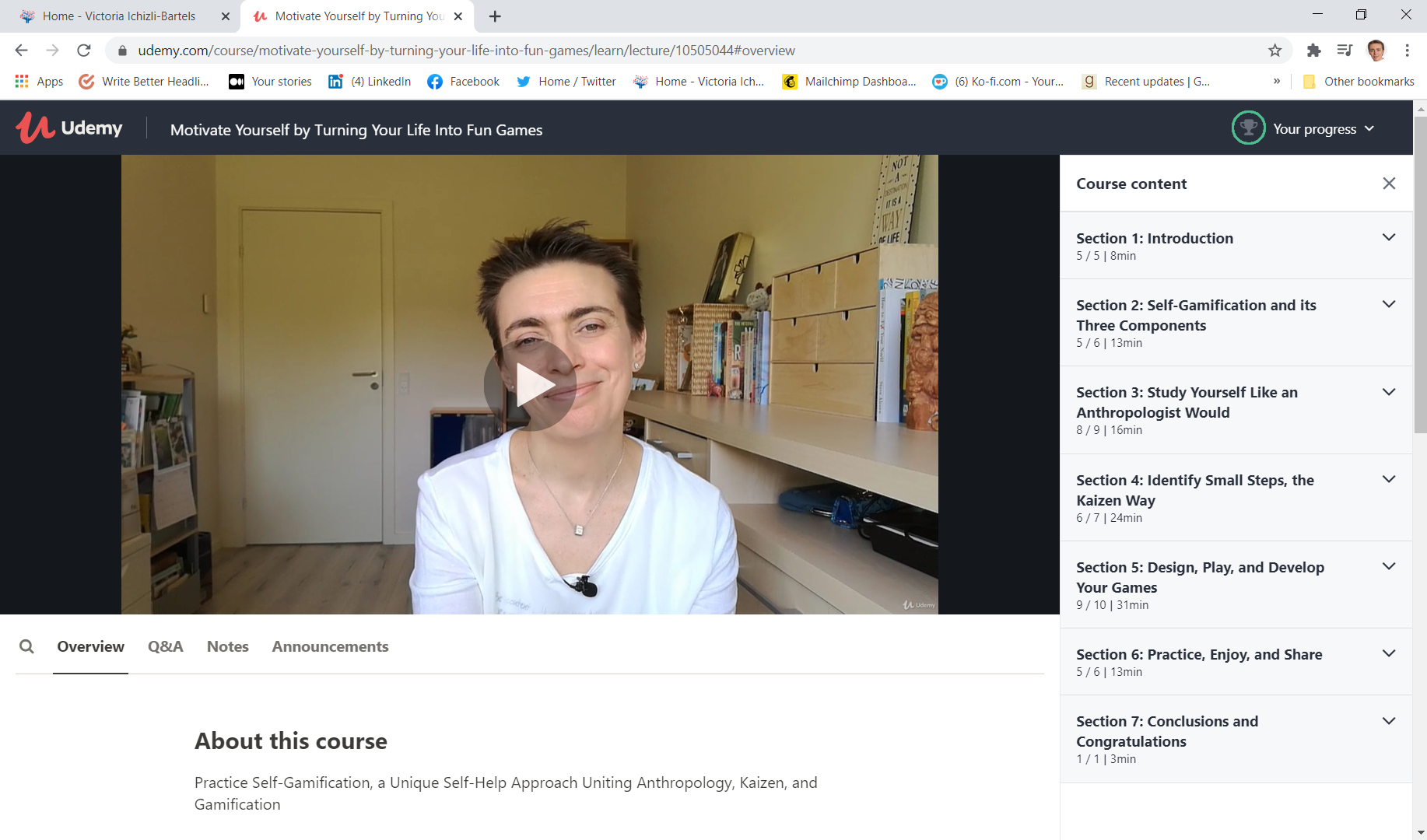 Screenshot by the author
Screenshot by the author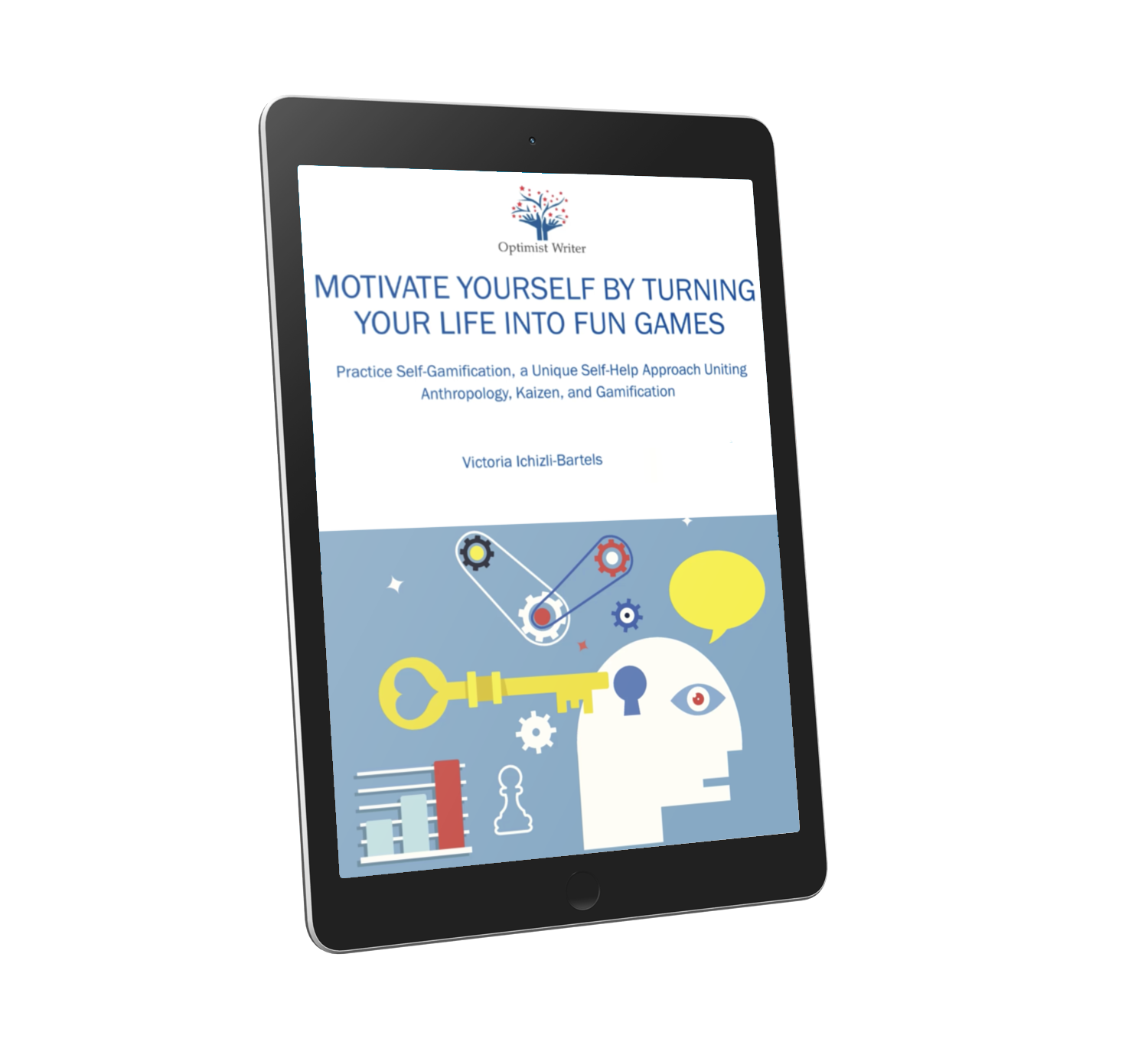 Image by Alice Jago
Image by Alice Jago